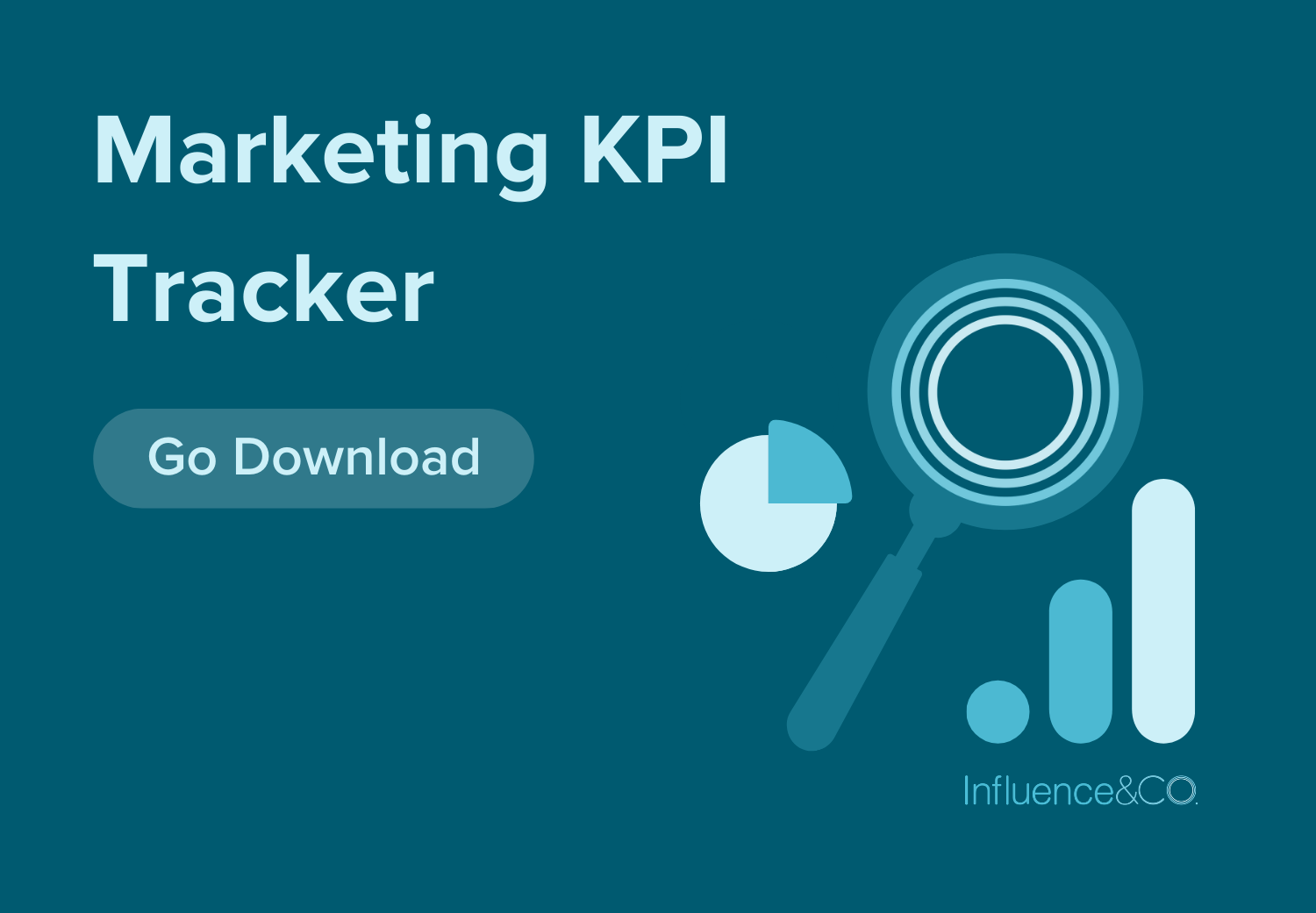We are living in the age of the tool stack. In fact, according to a study of 600 organizations, the average number of tools in a martech stack is 10. Most of us in the marketing world work with many tools and platforms every single day, and that means we work with multiple vendors. While not part of our immediate team, these people are directly connected to how our businesses function and perform.
Yet as we navigate this fast-changing time, we might not be using our tool stacks and vendor networks to their full potential. Seventy-nine percent of martech tool users report that they have found themselves needing to integrate and merge different systems over the past few years.
The more vendors we work with, the messier our working lives can become — unless we learn how to manage vendors effectively and how to align vendors’ expertise with our own. Without management and alignment, vendor relationships can become expensive and overcomplicated, and important information can get lost in translation.
Why Is Vendor Alignment So Important?
Working with vendors is not like working with your internal team. Vendors often work independently with their own working knowledge, their own sense of your business goals, and their own pace. You don’t always have the desired level of control to keep every vendor on the same page at the same time.
This is why discovering vendor relationship management best practices is crucial. You need to reflect on and strategize about how to manage vendors effectively and how to align vendors with your overall goals. If efforts are not streamlined, vendors might be working under disparate ideas and values, and the benefits of true collaboration will be lost. Misaligned goals can lead to weakened results, and you could end up spending more money over a longer period of time trying to reach those goals.
How to Align Vendors
So how can marketing teams learn to streamline communication and efforts across multiple vendors to achieve a maximum return on their investment?
1. Determine a single communication platform.
Communication is the most critical element of collaboration. If your vendors are using different communication methods and styles, much can be lost in translation. Instead, work to establish a single means of communication for all vendors, and keep all messages visible and able to be checked and cross-referenced. Consider a tool like Monday.com that is purpose-designed for collaborative teams.
2. Create a system of documentation.
Communication is the first step, but you need to follow that communication with documentation. By documenting all of your vendors’ actions, you can compile an overarching strategy. Documentation can describe the set of goals vendors are working toward, the metrics used to gauge success, and the progress being made in each vendor arena against those success benchmarks.
3. Maintain a point of contact.
While much of this communication and documentation will take place virtually, having a human point of contact is also beneficial to keep lines of communication open and to deal with concerns or issues as they arise. Select one person at your company to be the point of contact for all vendors, and ask vendors to use a sole point of contact in return. This will ensure information isn’t getting lost in translation between too many people.
4. Show vendors the value of their network.
A benefit of working with multiple vendors is that you can begin to create a network of people with specialized skills and knowledge bases. This only works if that network is collaborative and engaged rather than competitive. If your vendors aren’t on the same page, achieving goals will be a much messier process. So help vendors get to know one another and engage in one another’s value.
Knowing how to work with vendors is vital to make sure you get the most from your network. By collecting some vendor relationship management best practices and putting these strategies to work in your company, you can maintain close alignment between vendors and the goals of your business.
Source link





